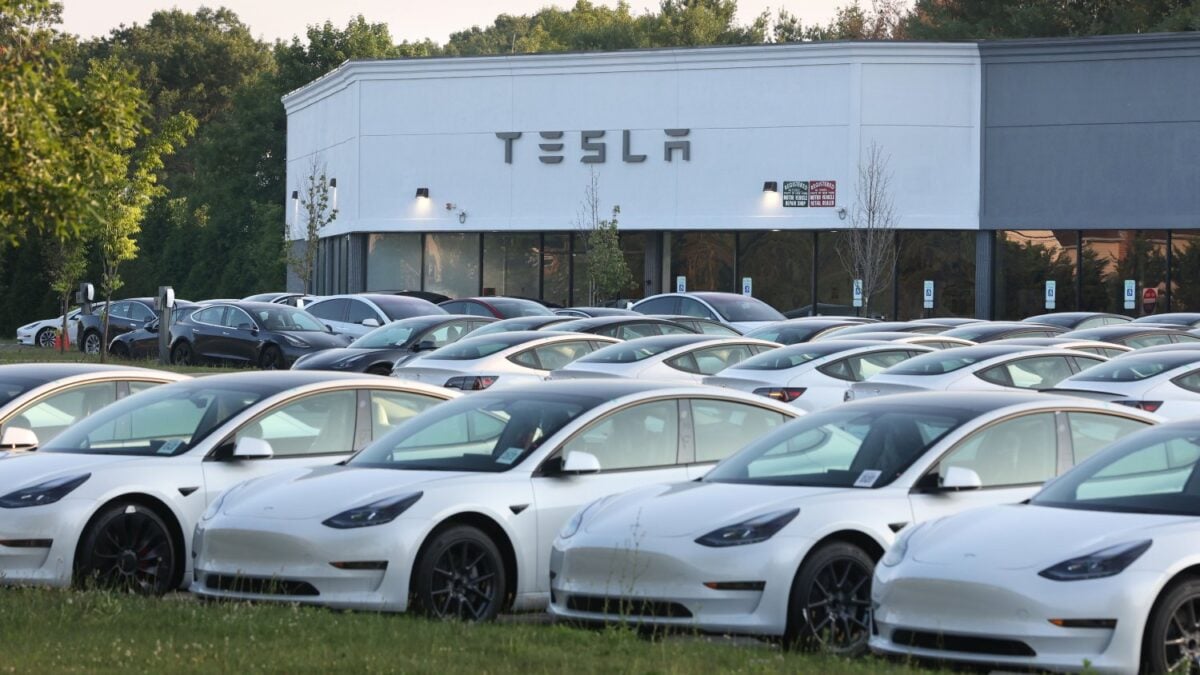Tesla Reportedly Shuts Down AI Project Weeks After Musk Called It “Spectacular”

Elon Musk has always thrived on bold claims and the contradictions that follow. On July 23, he joined Tesla’s second-quarter earnings call, the standard ritual in which executives talk up their company’s performance and future. Musk was in full visionary mode.
That day, he painted a glowing picture of the future of Dojo, Tesla’s ultra-ambitious, custom-built supercomputer designed to train the neural networks for Full Self-Driving (FSD) and Tesla’s humanoid robot, Optimus. He called the next generation of Dojo “really spectacular,” spoke of a new “AI factory” with “a lot of potential,” and laid out plans for Dojo 3.
His tone and detail suggested Dojo was one of Tesla’s most important projects, an active, thriving pillar of the company’s identity as an AI leader.
Less than a month later, Bloomberg dropped a bombshell: citing sources familiar with the matter, the outlet reported that Tesla had terminated its Dojo project entirely. Peter Bannon, the project’s leader, was leaving the company, roughly 20 Dojo team members had recently departed for a new startup called DensityAI, and the remaining staff were being reassigned to other projects.
A Complete About-Face
The speed of the reversal is hard to overstate. In the space of weeks, Tesla appears to have gone from publicly championing Dojo’s “spectacular” potential to quietly dismantling the team. If Bloomberg’s reporting is confirmed, it would mark the end of a program Musk once pitched as central to Tesla’s technological edge.
The Dojo project had already endured turbulence. It was widely seen as Tesla’s attempt to reduce reliance on Nvidia’s GPUs by building its own custom chips and training hardware. It was an expensive and technically risky strategy in a market dominated by chip giants. Losing talent to DensityAI, including key leaders, suggests mounting internal headwinds long before Bloomberg’s scoop.
On the July call, Musk fielded a question about whether his AI startup, xAI, might use Dojo. His answer was brimming with specifics and confidence.
“Dojo 2. We expect Dojo 2 to be operating at scale within the next year. At about 100 kh, 100 equivalents,” Musk said.
He went on: “And then AI Five, which is also really spectacular. I don’t use those words lightly. We hope to have the AI factory in production towards the end of next year. But that has a lot of potential.”
Musk even looked further ahead, discussing an “intuitive” convergence between Dojo 3 and chips used in Tesla’s cars and Optimus robots: “Thinking about Dojo 3 and the AI six in the first chip, it seems intuitively that we want to try to find convergence there. It’s basically the same chip that’s used when you say two of them in a car or Optimus and maybe a larger number on a five-twelve count on a card or something like that, if you want high-bandwidth communication between chips. That seems sort of intuitively the way to go.”
The Reality Distortion Field
Critics quickly seized on the Bloomberg report to attack Musk’s credibility, pointing out the contradiction between his recent hype and the reported shutdown. The Tesla community on X (formerly Twitter) lit up with debate. “As somebody who’s been invested in TSLA for over 10 years now, I’m well no stranger to his missed ambitious deadlines,” one user wrote. “But I think his commentary on FSD, Optimus, and Dojo over the past couple of years goes beyond that. It’s misleading, but he knows it needs to continue given the collapse of Tesla’s car business.”
Another replied: “As somebody who’s been invested in TSLA for over 10 years, taking a Bloomberg article about Tesla as entirely correct from day 1 is a bold choice. Could be true, but still bold. I suspect a specific part of Dojo has been canceled.”
As somebody who's been invested in TSLA for over 10 years taking a Bloomberg article about Tesla as entirely correct on day 1 is a bold choice.
Could be true, but still bold. I suspect a specific part of Dojo has been cancelled
— Michael Phippen (@MichaelPhippen) August 7, 2025
For longtime Musk watchers, this isn’t new. In October 2015, Musk declared: “Tesla will have a car that can do full autonomy in about three years.” Three months later, he repeated: “We’re going to end up with complete autonomy,” adding: “And I think we will have complete autonomy in approximately two years.” Nearly a decade later, Tesla cars still aren’t fully autonomous.
The pattern—extreme optimism followed by abrupt course changes—is a hallmark of what’s often called a “reality distortion field,” a term first made famous in reference to Apple’s Steve Jobs. Musk has wielded it to set aggressive deadlines for robotaxis, Boring Company tunnels, and humanoid robots, often without delivering on time or at scale.
If Dojo has indeed been scrapped just weeks after being presented as a near-future reality, the fallout could be significant. Investors may question whether Musk knowingly misled them in July, or whether a sudden, serious issue forced him to abandon what he once described as a cornerstone of Tesla’s AI strategy.
Either way, if confirmed, the shutdown would deal another blow to Musk’s credibility, and deepen the question of where his vision ends and reality begins.
Tesla did not respond to a request for comment.








